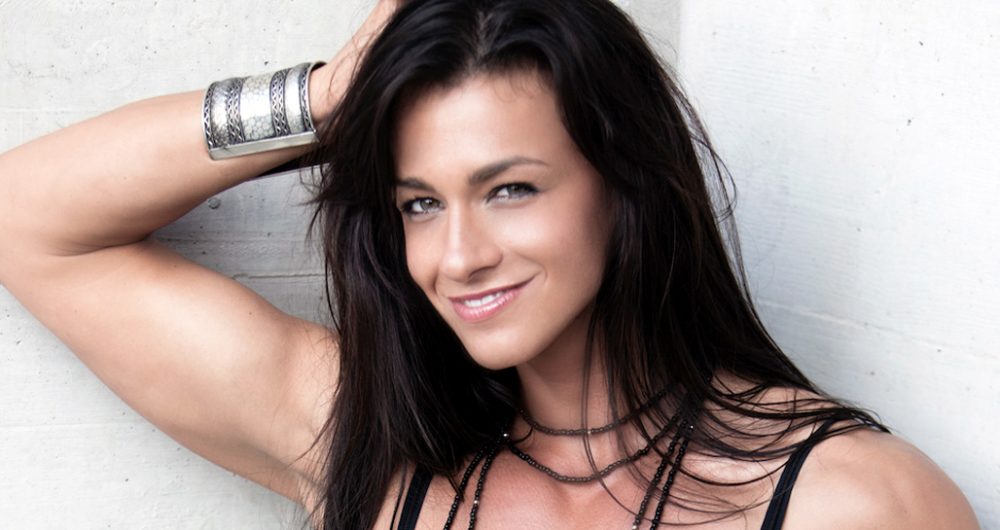
Cindy Landolt is world leading fitness trainer from Switzerland in conversation with Namita Nayyar President Women Fitness
Ms. Namita Nayyar:
Tell us about your journey that took you to the top of the world of fitness training?
Ms. Cindy Landolt:
The first steps I took towards becoming a fitness trainer began after I stopped training as a gymnast at the age of 16, I was simply too tall to be competitive, and this left a large hole in the physical side of my life, so I began spending a lot of time training at local gyms and learning the benefits of resistance training.
From there I enrolled in the Swiss Academy of Fitness and Sports ‘SAFS’ and became a qualified Personal trainer and fitness instructor with a federal specialized document, a nutrition coach, rehabilitation coach, workout/strength training specialist, weight loss specialist and sports related coach, preparing sports professionals for competitions etc.
During this period I also worked in a local gym and gained real world experience working with members and understanding the many variations between individual trainees physiques and goals.
I remember being fascinated by the adaptive process that determines the rate and scale of your progress relative to your objectives. I became almost obsessed with understanding human ergonomics and the way in which individual exercises affected different body parts, and how to create the perfect program to reach a certain goal as quickly and safely as is humanly possible. It is this very optimization of training time and nutritional support that I have carried through to my personal training business.
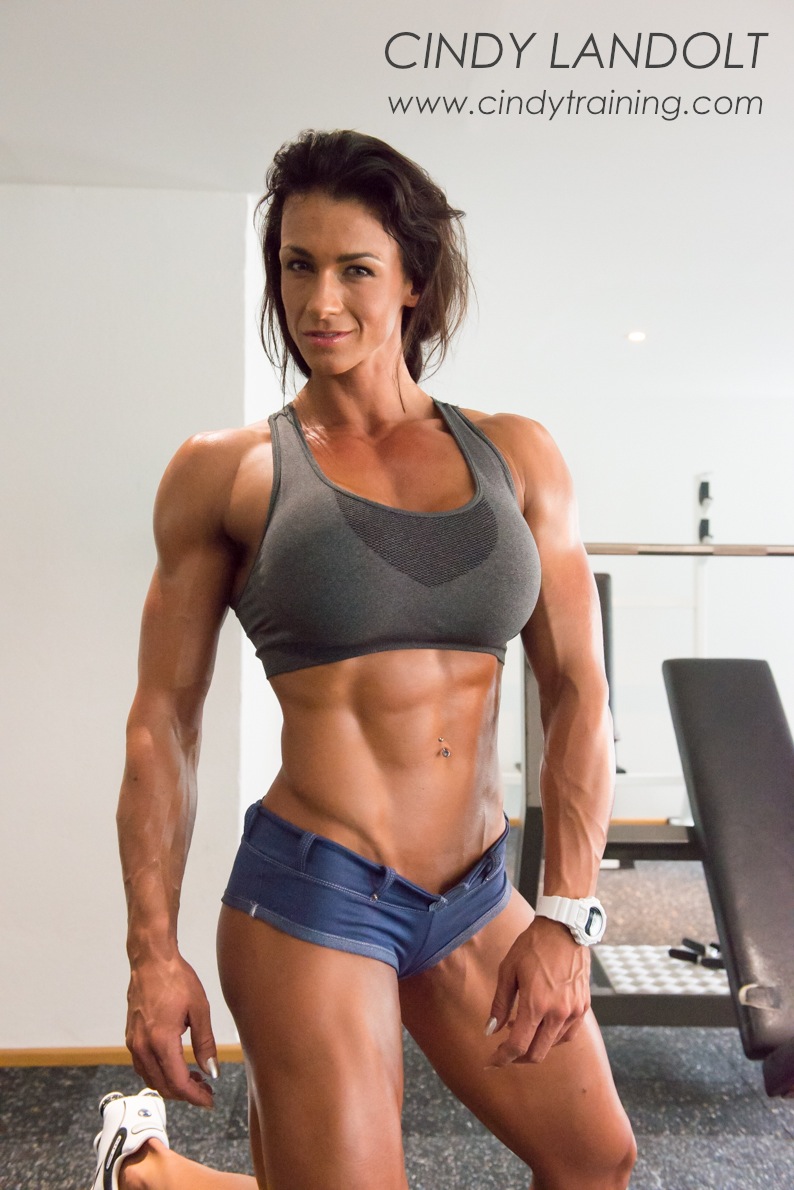
In 2009 I started my own personal training company in Zurich Switzerland, I was looking for clients that were truly motivated to improve their bodies, not people who were looking for a way to appease their feelings of physical inadequacy by simply hiring a trainer that would tell them they were “doing ok and improving”, when in truth they were just feeding their egos.
I created programs that made it very easy for me to monitor my trainees’ progress and improvement, this was essential in understanding how to quickly alter and adapt a routine to an individual, and also motivate my trainees through actual progress.
It’s very important that they actually see an improvement, and aren’t told to “do a certain exercise for 6 months and then we will review it and see if it worked!”
I appraise each and every session by taking meticulous notes about the trainee, from their mood on the day, to the amount of rest they have had even personal problems that may have them at a less than 100%. This is far more important than people realize! Humans are not robots and these external factors play an enormous role in the outcome of a session.
Subsequently my trainees receive truly tailor made routines that are created to ensure they reach their objectives with minimal exposure to injury, whilst keeping them engaged and motivated from throughout their training journey.
I believe that it is this extreme level of detail that has gained me such a large following in the fitness industry and what sets me apart from many others in the World of fitness training.
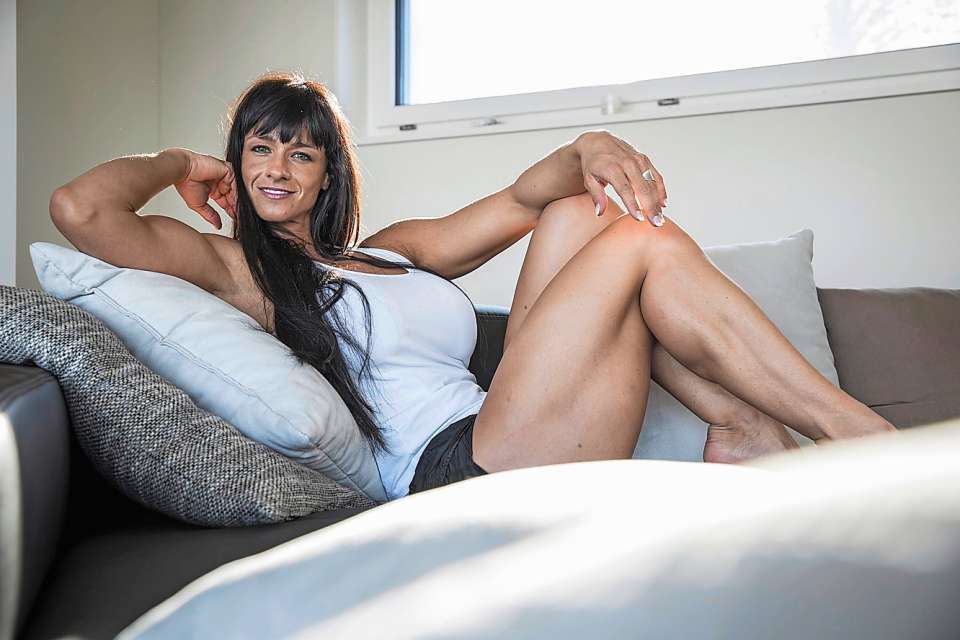
Ms. Namita Nayyar:
How your experience and background of eleven years as a gymnast has helped you in your present profession of Fitness Trainer, Fitness Expert and Fitness Model?
Ms. Cindy Landolt:
Being involved in gymnastics from a young age provided me with a deep interest and understanding of someones physical limitations. Competitive gymnastic training requires a great deal of discipline, but it also re-calibrates what you imagine your body is capable of achieving.
So when a trainee says to me that something can’t be done, I know for a fact that (genuine physical limitations allowing) their barrier is more psychological than physical. If you want to achieve the maximum results for your body, you cannot allow your mind to become the limiting factor, so it’s my job to know the real limits of each and every one of my trainees and to ensure that they reach a little further into their new ground, their unknown, step over their own personal fear barrier and belief boundaries at each and every workout.
Ms. Namita Nayyar:
Share your exercise routine that you do to maintain such a bikini perfect physique?
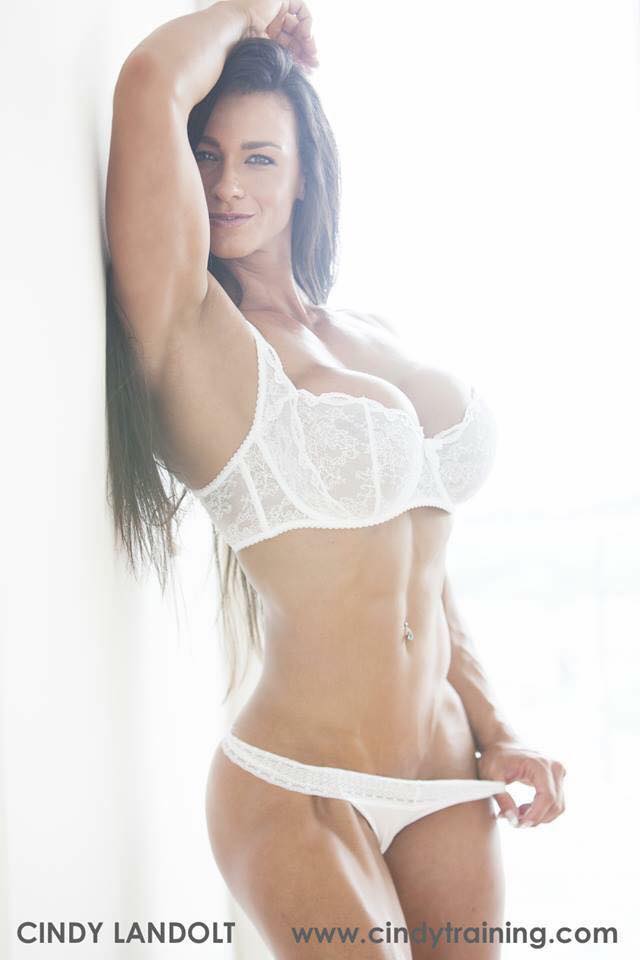
Ms. Cindy Landolt:
I train predominantly to create an increase in strength throughout my body, this is a big distinction between my methodology and that of many other trainers.
I don’t get concerned with the latest trends or fads, I am aware of them, but I don’t waiver from the basic exercises that develop an increase in strength throughout my entire body.
My workouts are also comparatively brief, as I mentioned before, my deep studies about the adaptive processes of muscle regeneration lead me to realize that you need to stimulate your growth in the gym and then get out, in order to provide your body with the maximum amount of time to recover. So my workouts rarely exceed 60 minutes and I train weights 4 times per week. I control my body fat purely with an optimized nutritional plan and meal timing; timing is something that is heavily overlooked. I rarely perform cardio for fat loss, I prefer to use cardio to improve my respiratory efficiency.
I have always trained as an athlete, not for cosmetic appearance, that holds no interest for me, and is a large part of why I don’t go on stage.
For me it has always been function over fashion. I don’t critique my body in the mirror thinking that I need to add a little here or subtract a little there in order to appear more aesthetically appealing, my criteria is to find a physically weak spot and make it stronger, subsequently it then becomes balanced with the rest of my physique anyway, improving the aesthetic as a bonus.
If you make an increase in strength your aim, then the rest will follow, again through the adaptive process. So, to the routine. (As I have stated before, this routine is specific to MY needs and MY goals, it may not be optimal for you)
Monday sees me training my upper body vertical pressing structure. Notice that I don’t specifically break down my workouts into details about different triceps heads or delts, just work on the exercises that increase the strength in the overhead press.
For me that involves seated dumbbell presses 2-3 sets in a rep range of 8-5 reps descending using the maximum weight that I can safely control through a full range of motion, followed by a type of standing side lateral raise, but here I use cables so that the resistance remains the same throughout the entire range of motion, just 1 set here, that’s enough to stimulate development if the weight and form are perfect.
From there I move to a triceps dip machine that isolates my triceps in a pressing motion, allowing me to use my maximum force and developing strength in my arms, the aim is to remove shoulder and chest involvement ensuring that my upper arm pressing muscles are receiving all of the load. I then finish the session, with 3 sets of weighted abdominal crunches in an old Nautilus abs machine.
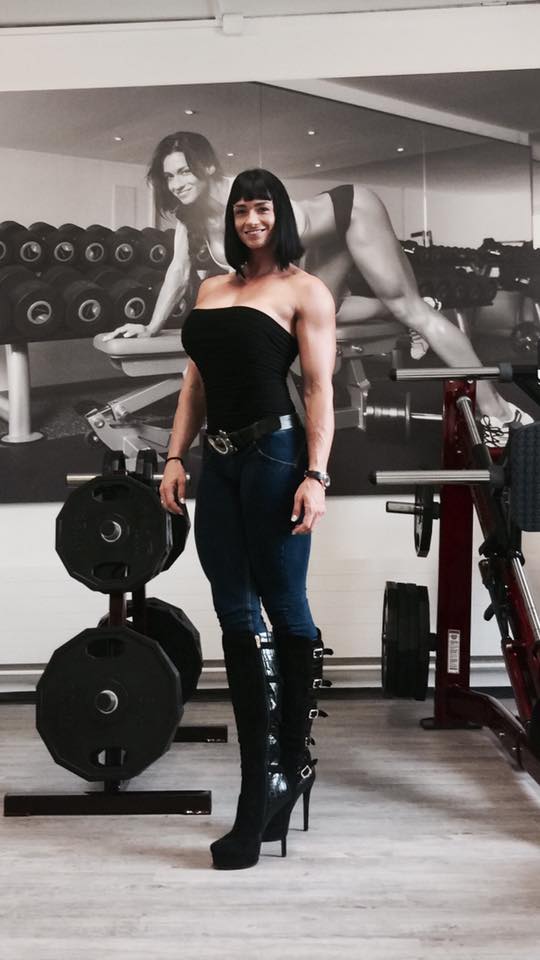
Tuesday
I train my back and posterior chain basically from the balls of my feet to the back of my neck. I start with some hyperextensions to warm up my spinal erectors, this is very important as injury prevention is key when lifting heavy weights, followed by my first weighted exercise, 2 sets of 13-8 in the seated cable row with a narrow vertical grip, I perform these through a full range of motion, always at the same speed, no jerking or explosive movements, a smooth and steady cadence, keeping the involved muscles under tension for the duration of the rep and set is key here.
Next I switch the close grip handles for a wide overhand grip and complete the same sets and reps but with a lighter weight. From there I perform strict overhand chin ups, these are a great exercise for your back and arms, as well as your abdominal structure, 2 sets without weight to failure. Next I move to the deadlift platform, and do 2 sets of heavy stiff legged dead lift, again perfect form is paramount, I want to feel the weight distributed evenly throughout my body, an evenly spread load from my feet to my neck and down through my arms.
This exercise when performed properly is exceptionally demanding but it provides an enormous return for the trainee, these alongside the Squat are real body changing exercises.
When I have completed them I move over to the dumbbell rack and perform 2 sets of shrugs.
Thursday is chest, arm flexion and abdominals. First exercise is the flat bench press, I perform 2-3 sets in the 8-5 rep range again always with a weight that is the maximum that can be handled safely in perfect form, after that I move to the dip bars and again perform 2-3 sets, but my reps are normally higher around 13-8. Moving to arm flexion, (many people just say biceps, but that isn’t the entire area that I train) I use an old nautilus curl machine for 2 sets in the 8-5 rep range and follow it with 2 sets of thumbs up rope curls on the cable machine. It may not seem a lot compared to the masses who train 10 sets of 10 to build their arms, but my experience with my own arms and those of my trainees has shown me that hitting them hard and briefly for 4-5 sets under maximum load is enough!
After that I repeat the abdominal training from Monday.
Friday is legs day. I start with the king of all leg development exercises, the deep squat. Proper instruction here is essential not just for safety but also for maximizing results!
I see many trainees in gyms around the World performing the squat with sloppy form and shallow reps, worse still, using a weight that they can’t properly control! Ego has no place in proper training and when you are stuck under a 150kg bar in the squat rack you will quickly discover the need to become more humble in the next set, best case? You look foolish, worst case? You suffer an injury that can limit yourself for life!
So seek proper instruction, and train yourself to being able to handle some large weight in the lift whilst ALWAYS squatting low enough so that you femur goes below horizontal. I perform 2 sets with the same weight for 21 then 13 reps.
This is the very cornerstone of my leg development, if not my entire body development. After I have shuffled away from the squat rack I perform 2 sets of leg extensions (no jerking or ‘kicking out’ at the top, mind those knees, you need them) followed by 2 sets of lying leg curls, rep range for both is 13-8 again. After that I move to the calf raise machine and perform 2 sets of 21-13 reps.
That’s it! 8 sets total, but if you can even consider carrying on, then you weren’t trying hard enough in the Squat, that first exercise when performed correctly is an entire session in itself!
Video
Disclaimer
The Content is not intended to be a substitute for professional medical advice, diagnosis, or treatment. Always seek the advice of your physician or other qualified health provider with any questions you may have regarding a medical condition.